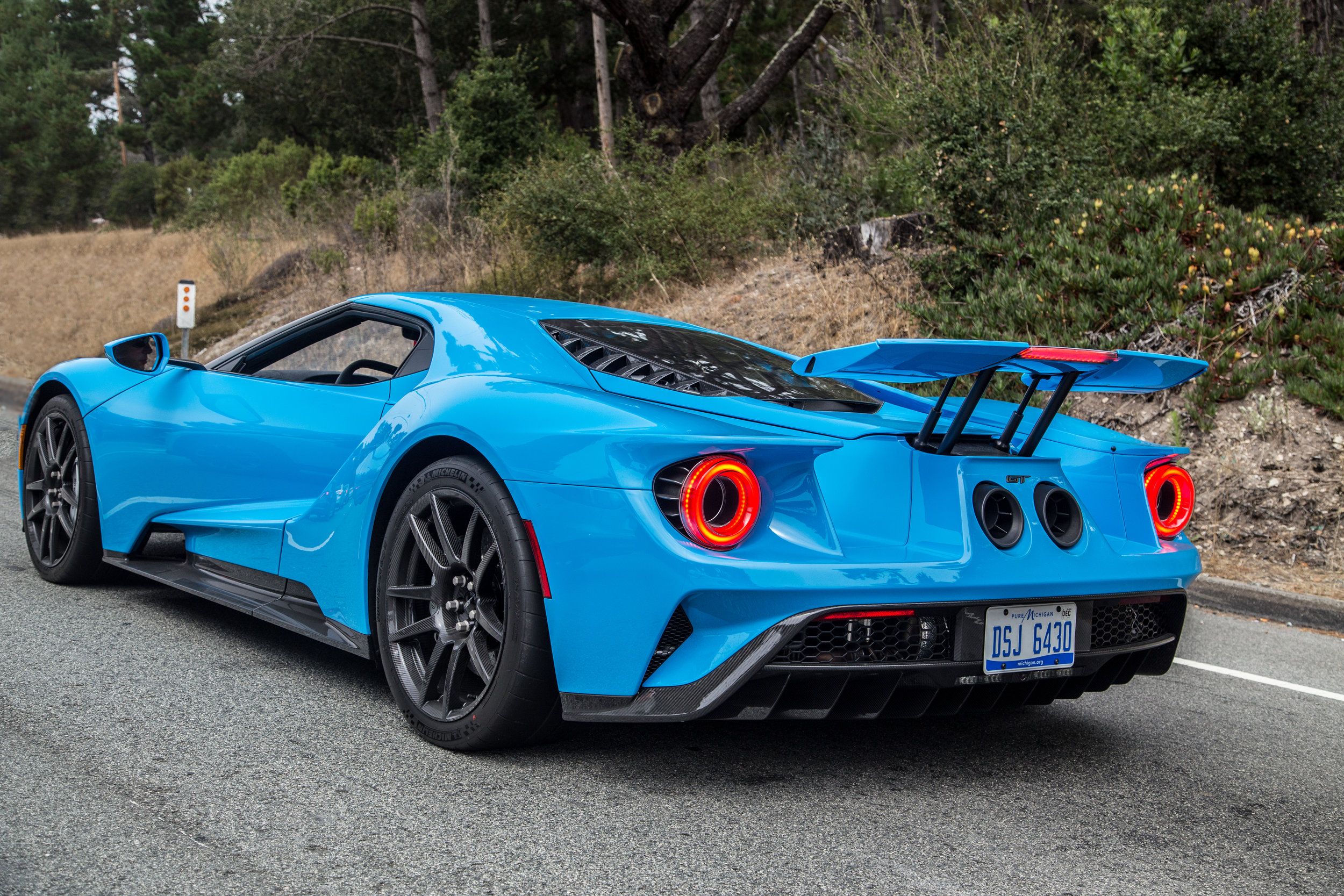The 250GTO

The development of the GTO can be traced back to 1960 when Bizzarrini was given the green light to develop the 250 GT which he dubbed the Papera to extend its winning record before the rear-engine cars such as the 250 LM were released. Developed in secret, the chassis and body was designed to keep the whole car as low and aerodynamically efficient as possible. The engine was lower and further back in the chassis to improve weight distribution and allowed for its new fastback body. A Tipo 168/62 Comp V12 engine was fitted that featured larger valves, tighter clearances, lighter materials, dry sump lubrication and revd up to 9500 rpm. With similar spec to that of the 250TR it was designed to sustain long distance racing such as Le Mans, Sebring, Daytona or the Targa Florio.
The GTO's interior was designed with racing at its core, no heater or sound deadening could be found. The only covered areas were the thinly clothed seats, leaving the thin aluminum panels and steel tube frame naked in view. Even the speedometer and odometer were scrapped. Directly in front of the driver was a Borletti/Veglia 10,000 rpm tachometer which shared a binnacle with smaller temperature, fuel and pressure gauges and a wooden Nardi steering wheel.
Thanks to the GTO, Ferrari completely decimated the opposition in the first year of competition, scoring maximum points in 1962 Division III Championship for sports cars over 2L. It even placed 2nd and 3rd at the 24hrs of Le Mans behind the Ferrari 330 TRI/LM meaning it beat many prototype cars. Its domination of its class led Jaguar, Aston Martin and Chevy to protest to the FIA that the GTO wasn't a GT car but because it was an evolution of the 250 GT road car it was declared legal.






